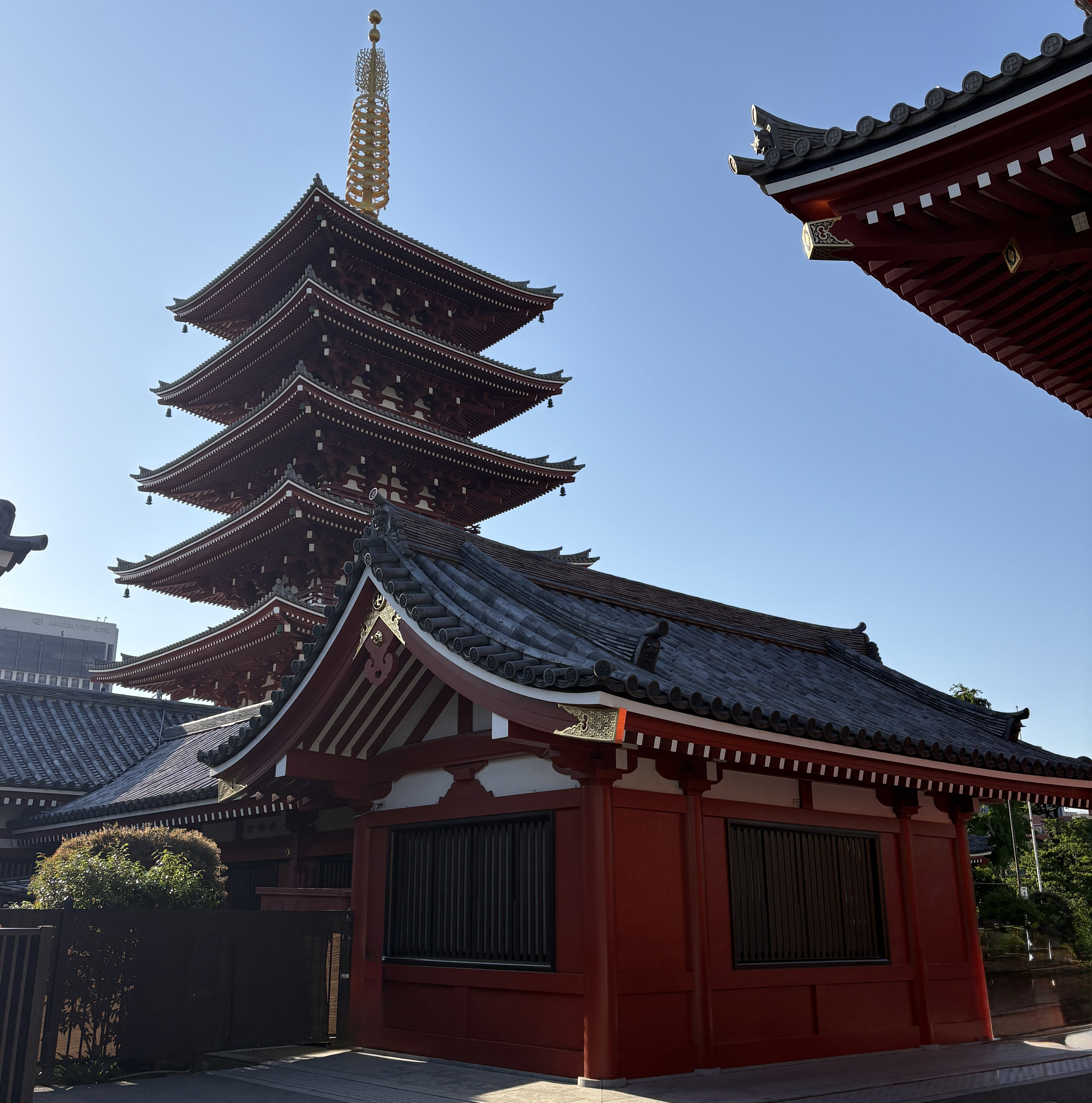13 Best Things to Do in Tokyo, Japan
Tokyo is one of those places that punches you in the face the moment you land, in the best possible way. It’s chaotic, it’s orderly, it’s ancient, it’s futuristic.
Whether you’re into food, fashion, shrines, or vending machines that sell everything from hot coffee to used underwear (don’t ask), there’s no shortage of things to do in this endlessly fascinating city.
I put together a complete Tokyo Itinerary during my first trip last year, and after returning again recently for another deep dive into the city, this list brings together all the best experiences from both visits.
It’s the stuff I genuinely think every traveler should try, especially if it’s your first time. From serene temples to organized chaos, here are the 13 best things to do in Tokyo!
Explore Asakusa and Visit Senso-ji Temple
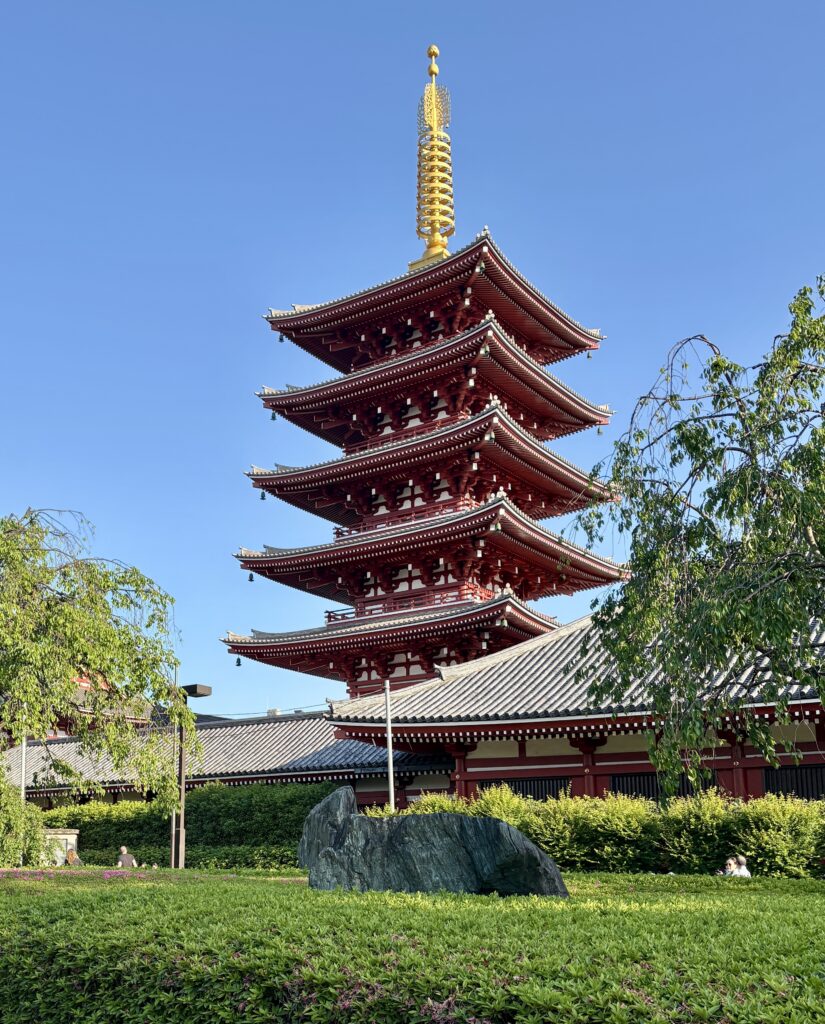
Start with something classic. Asakusa is Tokyo’s old soul, and wandering through it is like time-traveling back to the Edo period.
The main draw here is Senso-ji, Tokyo’s oldest and most iconic temple. You enter through the Kaminarimon Gate, which is impossible to miss thanks to its massive red lantern, and walk along Nakamise Street where traditional snacks and souvenir shops set the mood.
I recommend coming early if you want fewer crowds and better photos. The temple complex itself is beautiful, from the incense-swirled main hall to the five-story pagoda that watches over it all.
You don’t have to be spiritual to feel the atmosphere shift here. It’s grounded, calm, and a reminder that Tokyo isn’t just neon and noise.
While you’re in the area, explore some of the quieter backstreets too. You’ll find local eateries, little craft shops, and glimpses of old Tokyo that haven’t been polished up for Instagram. It’s a side of the city that’s easy to overlook, but worth your time!
See the Shibuya Scramble Crossing
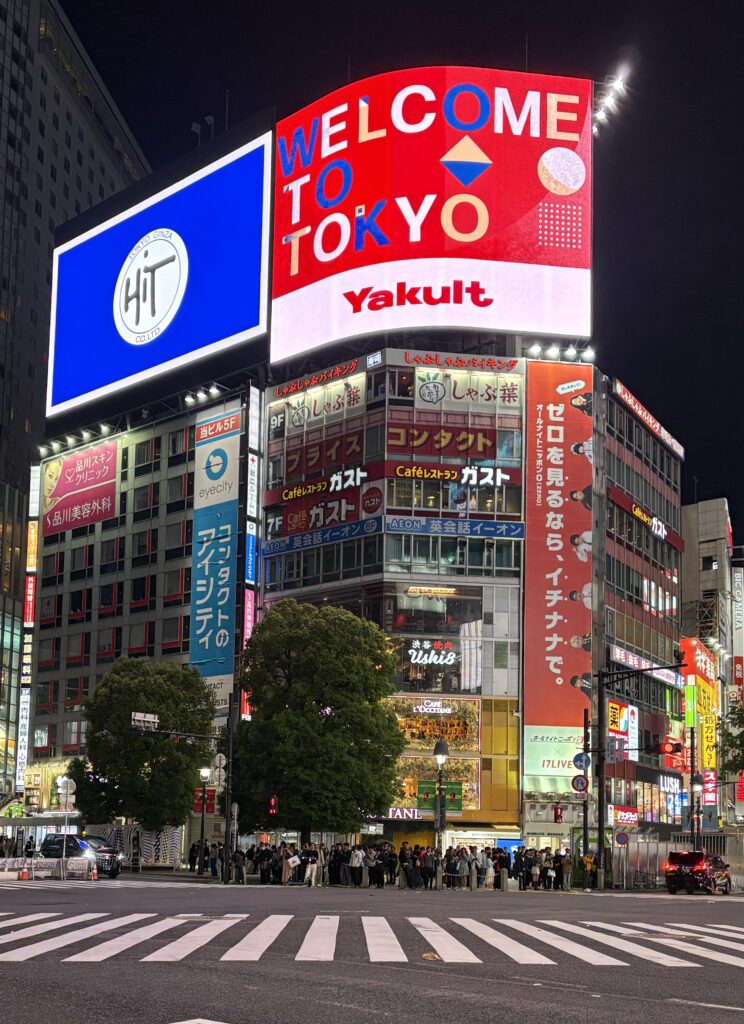
Yes, it’s touristy. Yes, it’s chaotic. And yes, you absolutely need to experience it. The Shibuya Scramble Crossing isn’t just a crosswalk, it’s a rite of passage when visiting Tokyo.
Picture hundreds of people charging across the street from all directions, perfectly choreographed in their disorder.
Then imagine doing it while neon signs flash, music plays from buildings, and your brain slowly melts in sensory overload. That’s Shibuya.
The best way to see it? Join the madness and then watch it from above. Shibuya SKY, the observatory at the top of Shibuya Scramble Square, gives you panoramic views of the city with the crossing in full display below.
It’s one of the most impressive observation decks in Tokyo and well worth the ticket price.
Once you’ve had your fill of pedestrian chaos, take some time to wander the nearby streets. Shibuya is packed with fashion stores, record shops, quirky arcades, and plenty of cafes to recharge.
Wander Through Meiji Shrine & Yoyogi Park
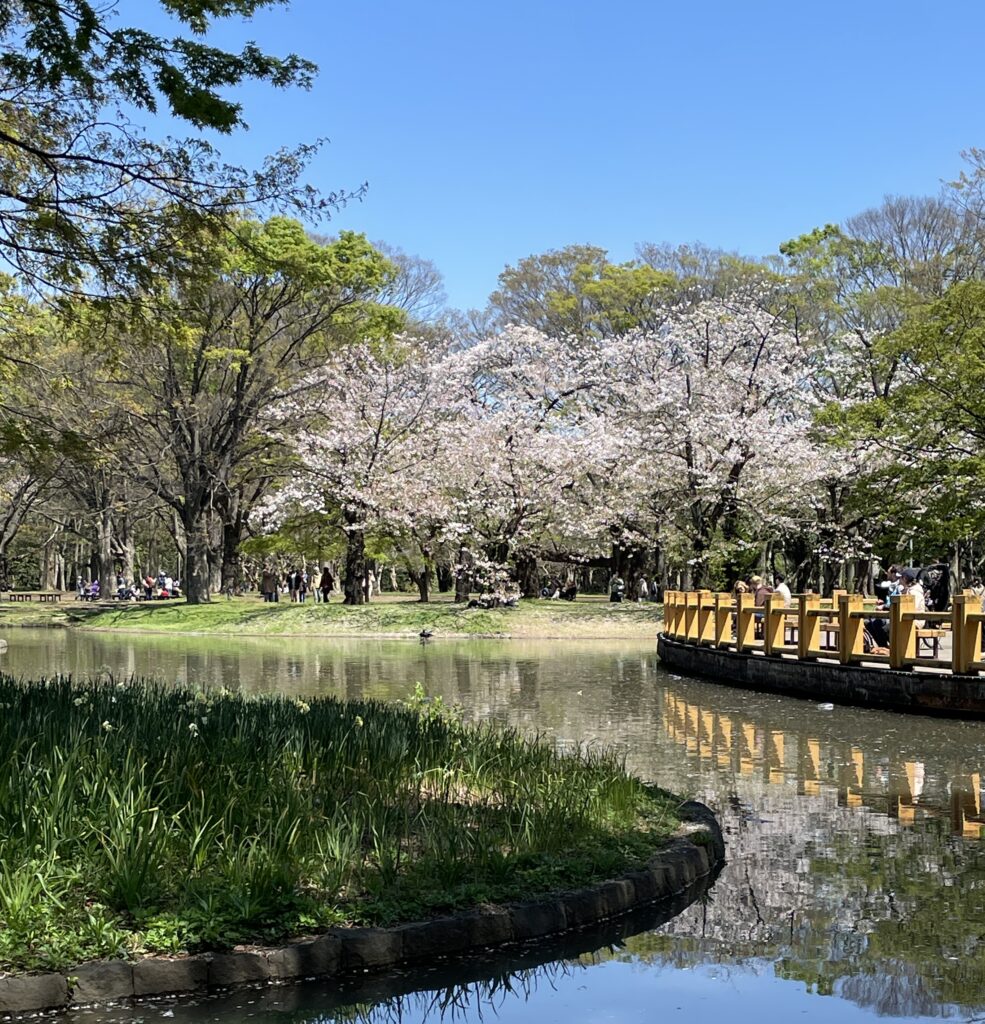
After Shibuya’s electric pace, a short walk brings you to something completely different: Meiji Shrine and Yoyogi Park. These two are like Tokyo’s collective exhale.
Meiji Shrine is one of the most important Shinto shrines in Japan, situated within a massive forested area that effectively muffles all city sounds.
You’ll pass under towering torii gates and stroll down peaceful gravel paths. The air smells like cedar and incense. It’s calm, it’s spiritual, and it feels like the reset button your brain didn’t know it needed.
Right next to it is Yoyogi Park, a laid-back space where locals come to picnic, jog, or practice whatever niche hobby they’re into this week. On weekends, it can get lively with impromptu performances and social gatherings, but it never loses its mellow charm.
Together, these two make the perfect antidote to the city’s buzz. Bring a drink, take a walk, and give yourself a breather before diving back into the chaos.
Discover TeamLab Planets Tokyo
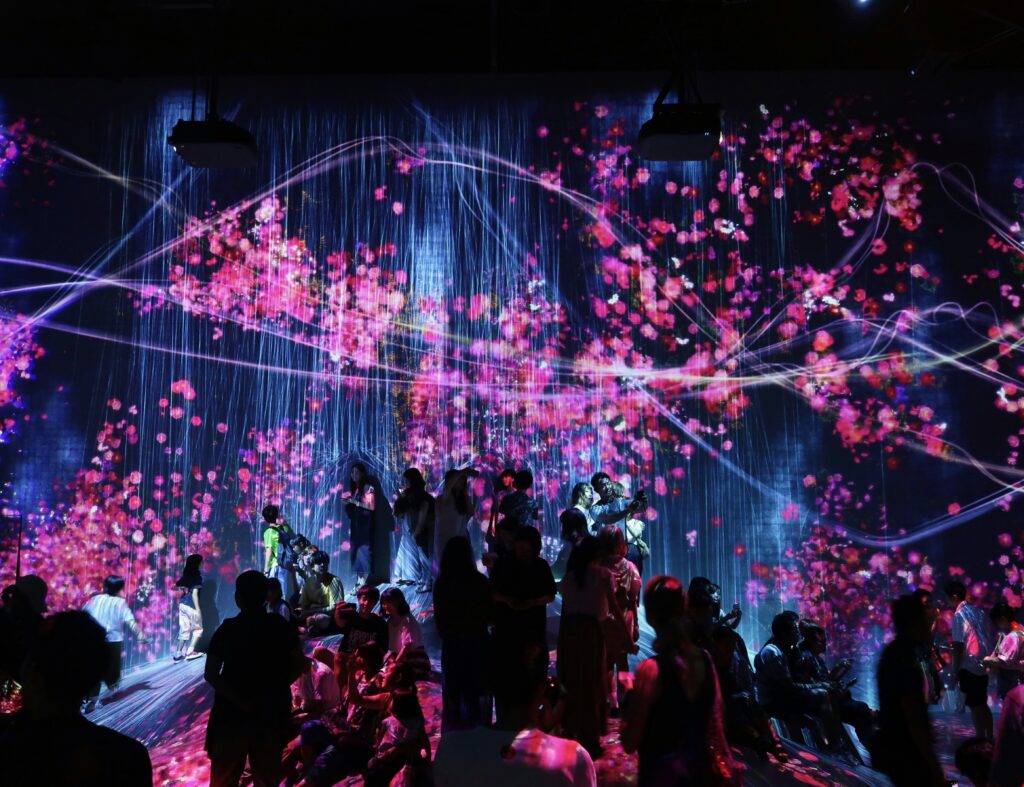
TeamLab Planets isn’t just a museum, it’s a full-on sensory adventure that will have you wading through water, walking on mirrored floors, and becoming part of the art itself.
Located in Toyosu, this digital art installation is one of Tokyo’s most talked-about experiences, and for good reason. The interactive exhibits blur the line between technology and nature, light and space.
What makes it even more memorable is its deep immersion. You don’t just look at art here, you step into it.
Some rooms shift as you move, others envelop you in digital petals or waves. If you’re after something that’ll stick in your memory long after the trip, this is it.
Pro tip: Buy your tickets in advance. TeamLab often sells out, especially on weekends or holidays.
Enjoy the Views from Tokyo Skytree
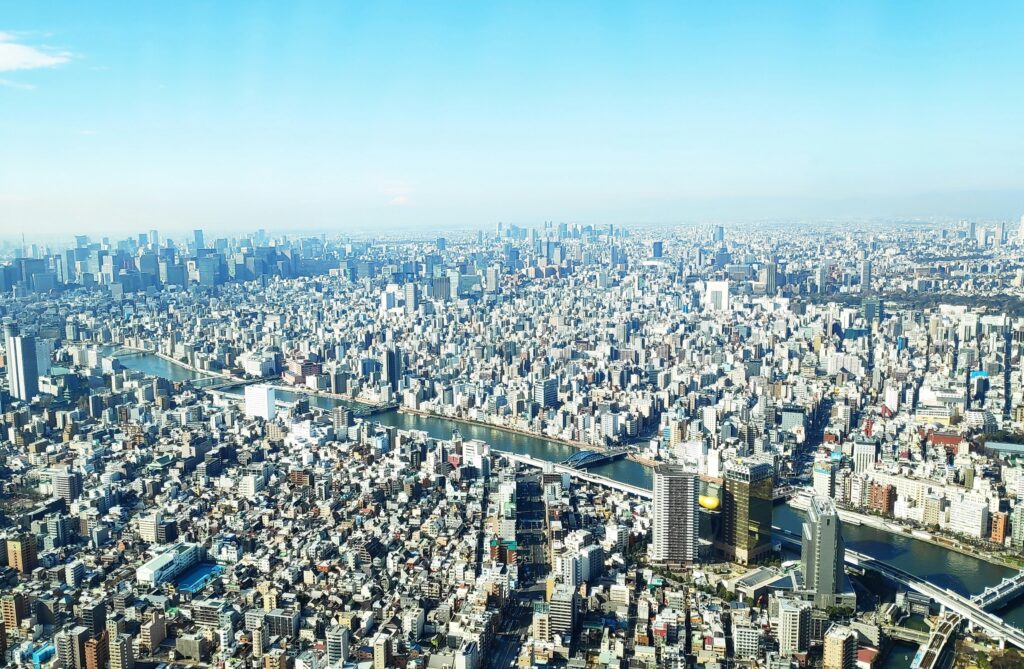
Standing at 634 meters, Tokyo Skytree dominates the skyline and offers one of the best panoramic views in the city.
Head up to the Tembo Deck or splurge for the Tembo Galleria; either way, you’ll be treated to a sweeping cityscape that reaches all the way to Mount Fuji on clear days.
Besides the view, the Skytree complex includes an enormous shopping area (Tokyo Solamachi) and an aquarium, making it easy to turn a quick photo stop into a whole afternoon.
The elevators shoot up at lightning speed, and the glass panels on the floor aren’t for the faint-hearted, but if you’re into thrills with your views, it’s a must.
It’s especially striking at sunset or just after dark when Tokyo turns into a galaxy of lights.
Get Lost in Shinjuku at Night
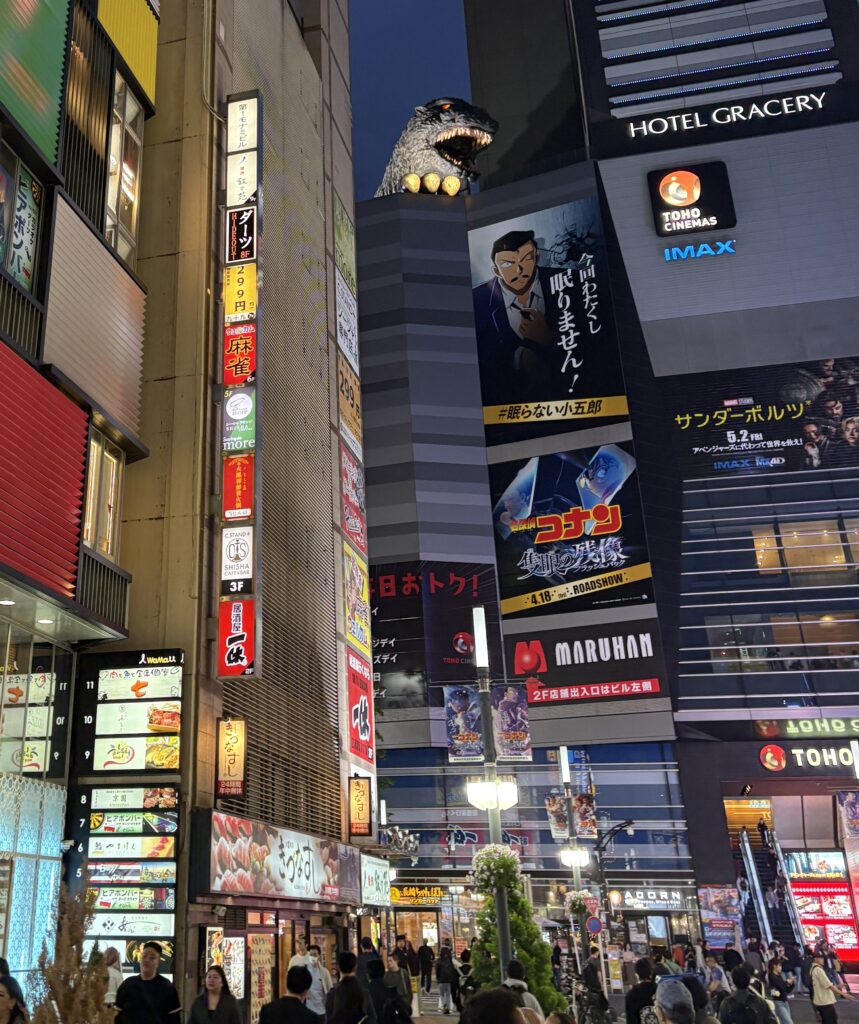
When the sun sets, Shinjuku doesn’t wind down .. it winds up! The district explodes into a blur of neon, with bustling alleys, smoky izakayas, and streets that pulse with nightlife energy.
If you’ve seen photos of Tokyo glowing under electric signs and wondered where that was, it’s probably Shinjuku.
Start by wandering through Omoide Yokocho, a narrow alley packed with tiny eateries where the smell of grilled meat fills the air.
Then make your way toward Golden Gai, a network of miniature bars each with its own theme, decor, and vibe. Some are jazz-inspired, some are horror-themed, and some only seat five people.
A couple of tips: many Golden Gai bars charge a small cover fee, and not all are foreigner-friendly — some post signs saying “members only” or simply don’t accept non-locals. Don’t take it personally, and just move on to the next — there are plenty that welcome visitors warmly.
Shinjuku at night is everything you imagine Tokyo nightlife to be: intense, surreal, and unforgettable. Whether you’re hopping bars or just soaking in the vibe, it’s an experience you can’t skip.
Experience Akihabara’s Anime & Gaming Culture
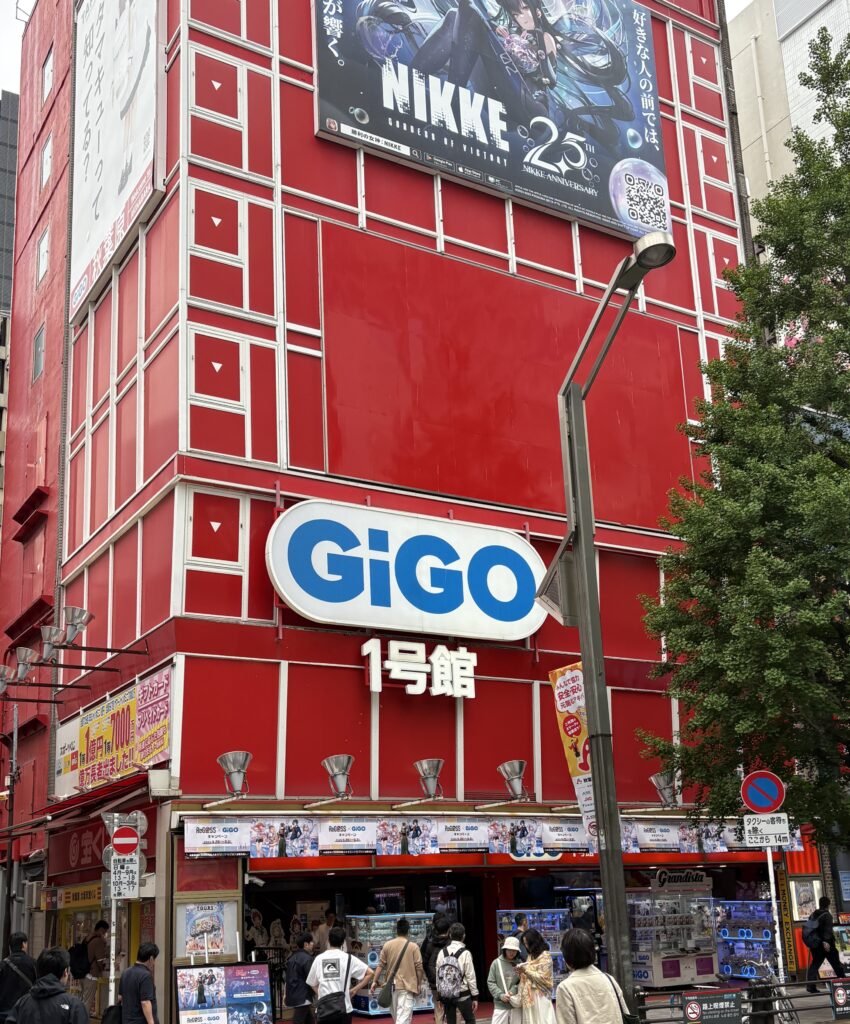
Akihabara is the world’s unofficial capital of otaku culture—bright, intense, and unapologetically niche.
Here you’ll find multi‑story anime shops, retro gaming arcades, and themed cafés (maid cafés included—yes, really).
The energy is relentless: neon signs everywhere, arcade machines blaring, crowds pounding the floors with button mashes.
Even if you’re not a hardcore fan, walking through the main streets is wild. You’ll see everything from claw‑machine stores to cosplay accessories hawked at every corner.
Pro tip: Venture off the main drag to find hidden second‑hand manga shops and rare collectible stalls—great for odd souvenirs that actually spark conversation later.
Day Trip to Mount Takao
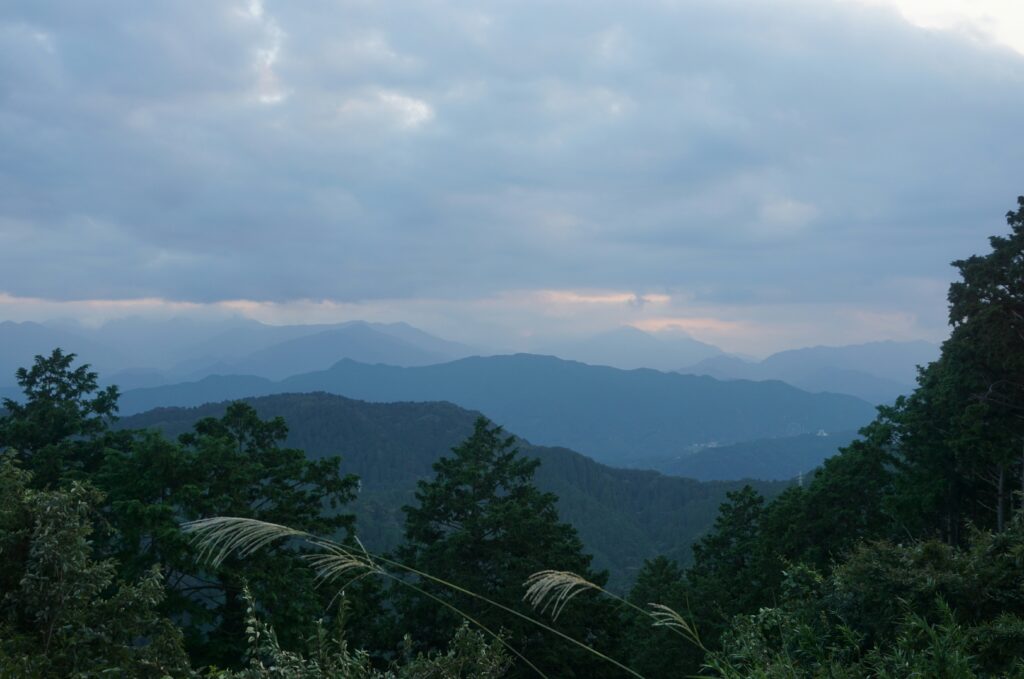
Escape Tokyo’s intensity for a day and head to Mount Takao. Just 50 minutes by train (on the Keio Line) from Shinjuku, this forested peak offers a steep hike, the Takaosan Yakuo-in temple, and panoramic views of the city and, on clear days, Mount Fuji in the distance.
There are several trails to fit all levels—from gentle paths to more strenuous inclines. At the top, you’ll find a soba shop that serves handmade soba noodles with a view.
It’s peaceful, refreshing, and a reminder that Japan’s wilderness is right outside the concrete jungle. Perfect half-day break or full‑day escape, depending on how fast you move.
Watch a Sumo Practice Session
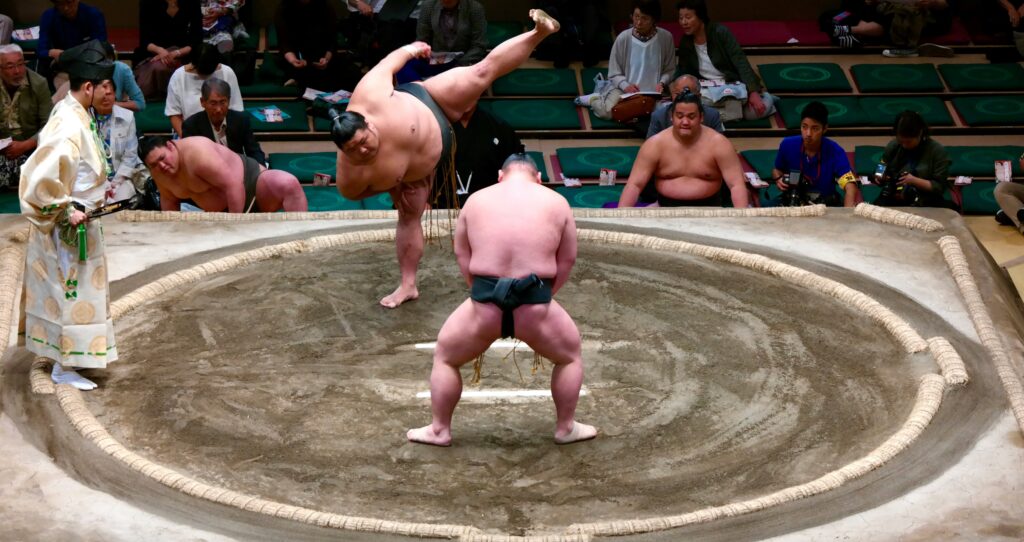
For a rare chance to dig into Japan’s traditional side, catching a sumo practice session is unforgettable.
In Tokyo, several sumo stables near Ryogoku allow drop‑in viewing during morning practice, often free or with a tiny fee.
Watching rikishi (wrestlers) stomp, stretch, and train in near‑silence is a meditative experience. No flashy lights or music—just ancient tradition in raw, human form.
Pro tip: Arrive early (sessions start around 7:00–8:00 AM), dress modestly, and respect the rules (no talking, no photos unless permitted).
Day Trip to Nikko
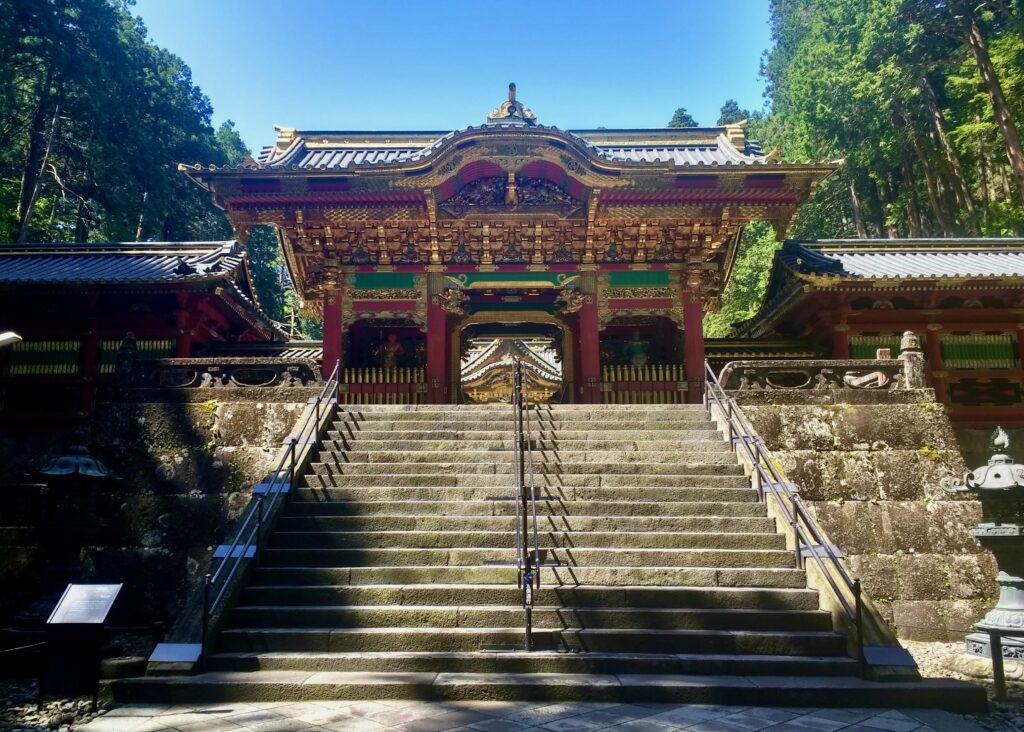
Nikko is a spectacular cultural escape nestled in the mountains north of Tokyo. Accessible via a scenic train ride from Ueno or Tokyo Station, this UNESCO World Heritage site is famous for its ornate Toshogu Shrine, lush cedar forests, and seasonal waterfalls.
The gorge and Lake Chuzenji nearby offer gentle trails that range from relaxed strolls to more adventurous hikes.
Whether you go solo or join a small group tour, you’ll be immersed in a side of Japan that feels centuries old, without ever feeling touristy. The atmosphere here is serene, spiritual, and visually stunning.
Visit the Tsukiji Outer Fish Market
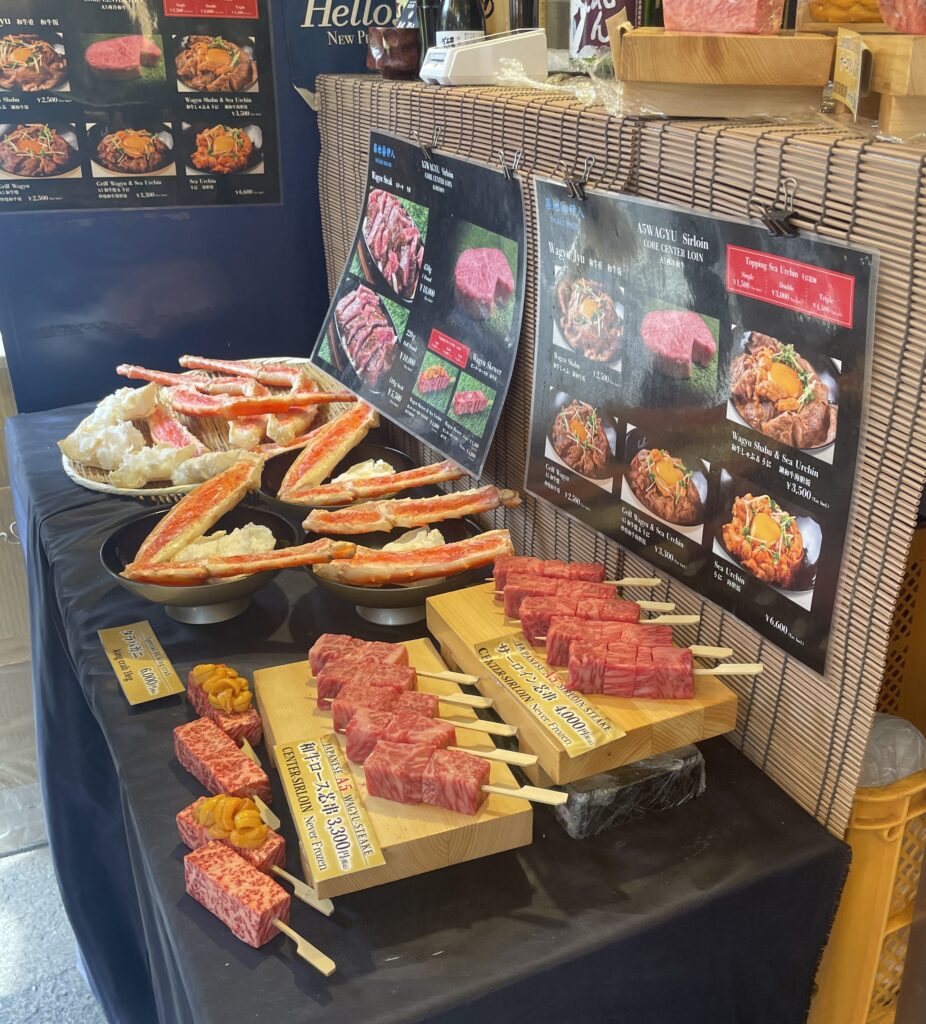
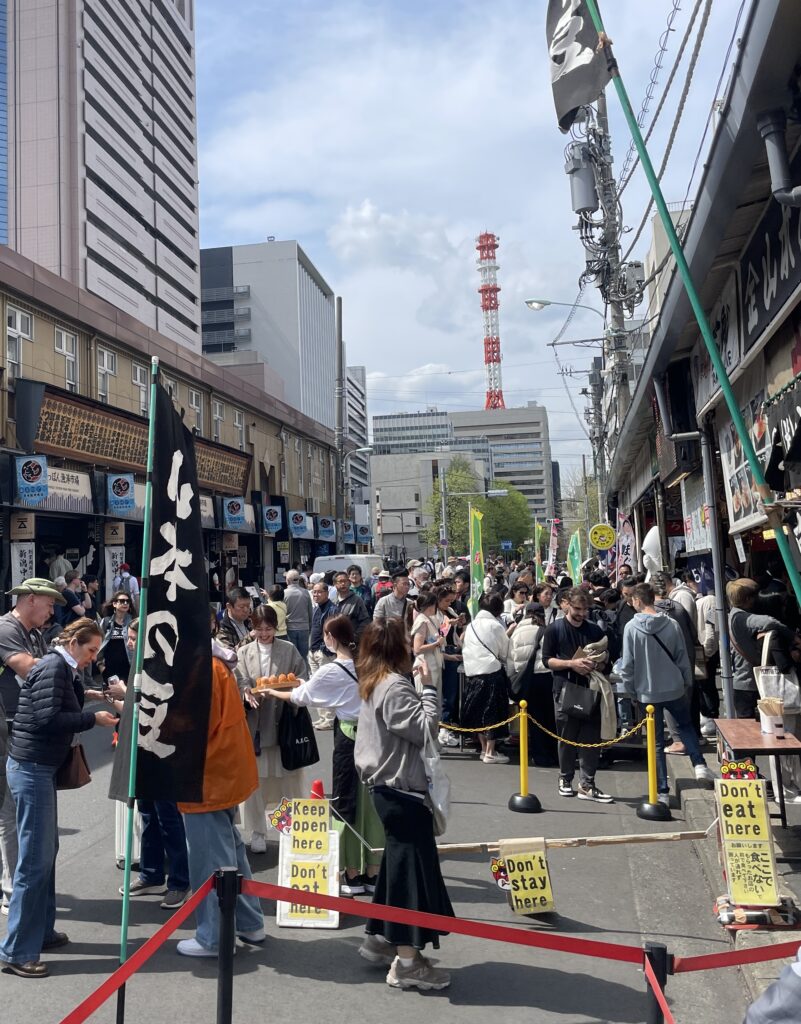
Tsukiji Outer Market has taken over the mantle of Tokyo’s famed seafood scene, located just steps from Ginza.
This bustling area is packed with sushi stalls, tiny eateries, and street vendors selling fresh uni, maguro, tamagoyaki, and more. Most vendors only accept cash, so bring yen.
While wandering, keep a close eye on your belongings. The market gets crowded quickly and is a known hotspot for pickpockets.
If you’re hungry, grab a quick bite and enjoy the energy of one of Tokyo’s most authentic food destinations. Afterward, consider heading into Ginza for shopping or a more refined meal.
Take a Cruise Along the Sumida River
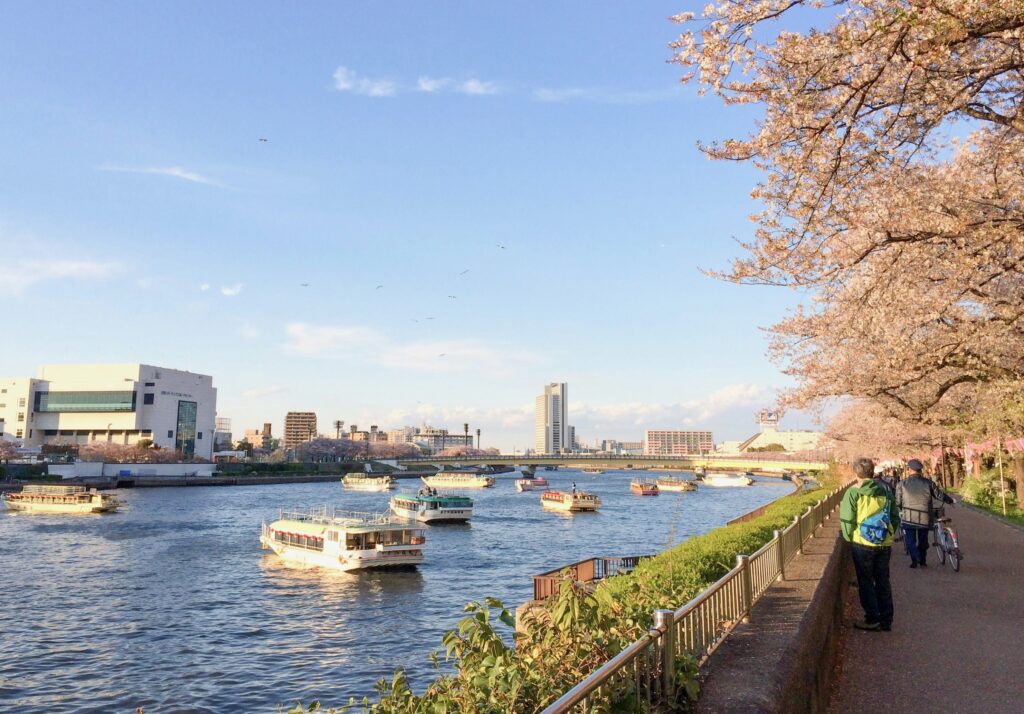
Want to see Tokyo from a different angle? Grab a daytime Sumida River cruise. Boats launch from Asakusa or near Tokyo Skytree and glide beneath historic bridges, past temple fronts, and toward Odaiba’s futuristic skyline.
It’s a peaceful way to stitch together different sides of the city while letting someone else do the navigating.
These cruises often include hop-on, hop-off options or themed services, such as cherry blossom viewing during the season.
Day Trip to Hakone
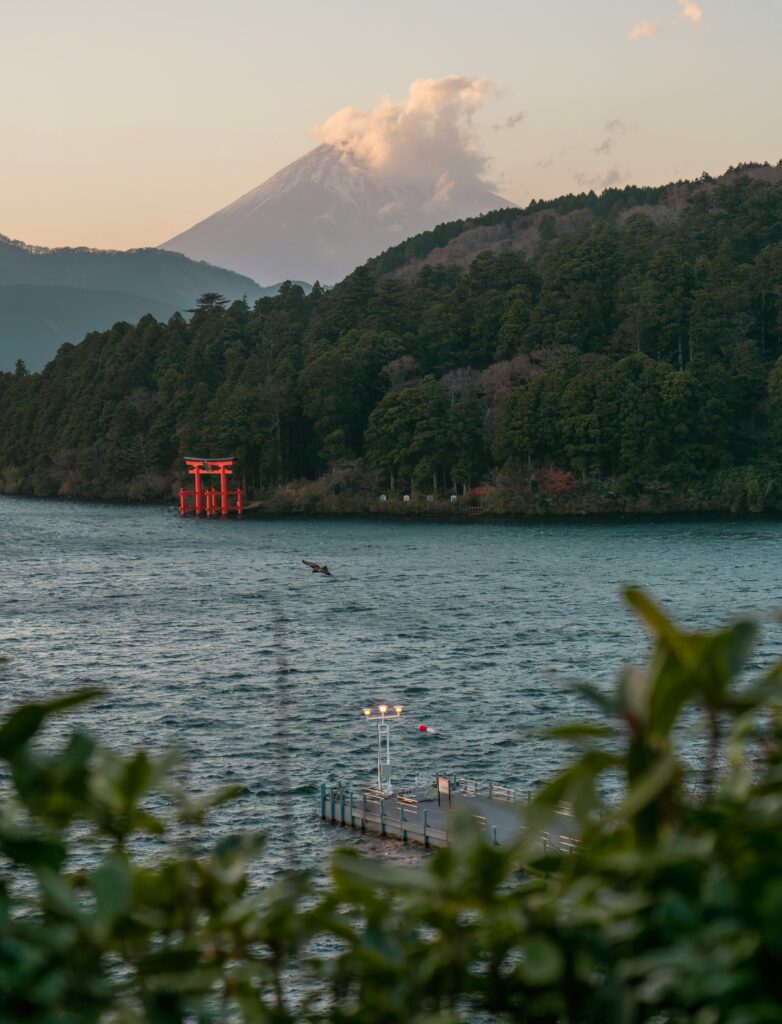
For an easy escape from Tokyo’s nonstop energy, a day trip to Hakone is a solid call. It’s known for its natural beauty, open-air museums, and iconic views of Mount Fuji—when the weather cooperates.
You can get there in under two hours from Tokyo via the Odakyu Line or the faster Shinkansen. Once you arrive, the pace changes instantly. Think hot springs, art nestled in forests, scenic ropeways, and pirate ships cruising across Lake Ashi.
If you plan to visit multiple attractions, consider purchasing the Hakone Free Pass, which covers transportation in the area and offers discounts at various sites.
Pro Tip: Fuji sightings are weather dependent, so go early and check the forecast. For hot springs, many ryokan offer day-use options if you’re not staying overnight.
Where to Stay in Tokyo
| Areas in Tokyo | Which Area is Best for You? |
| Shinjuku | Shinjuku is Tokyo’s main hub of energy, full of nightlife, restaurants, department stores, and convenient train lines. Great for first-timers, it’s chaotic but exciting and well-connected. Expect a fast-paced and varied experience. |
| Shibuya | Trendy, youthful, and buzzing with activity, Shibuya is ideal for travelers who want to dive into Tokyo’s style and nightlife scene. Think boutique hotels, creative cafes, and nonstop energy near the famous scramble crossing. |
| Asakusa | Asakusa offers a slower, more traditional experience. It’s home to Senso-ji Temple and charming streets lined with local shops and snack stands. A top choice for culture lovers and those seeking a quieter stay. |
| Ginza | Ginza is Tokyo’s polished and upscale shopping district, filled with luxury boutiques, fine dining, and sleek hotels. Ideal for travelers who enjoy sophistication, convenience, and high-end surroundings. |
| Ueno | Ueno is calm and culturally rich, perfect for families and museum lovers. With Ueno Park, major museums, and easy train access, it’s great for those who prefer exploring by day and relaxing at night. |
| Shinagawa | Shinagawa is a smart, low-key base for business travelers and those planning day trips. It’s a major transit point with easy Shinkansen access, quieter streets, and solid hotel options without the chaos. |
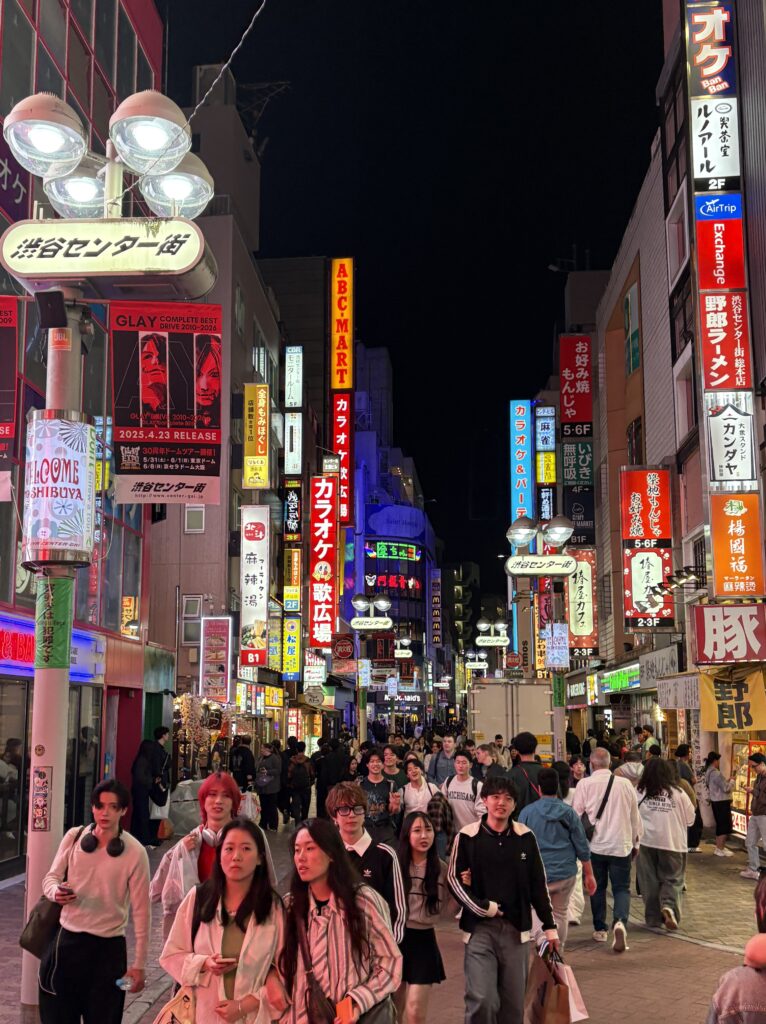
Quick Travel Tips for Visiting Tokyo
- Grab a Suica or PASMO card upon arrival or download it on your phone. These IC cards are your tap-and-go lifeline for trains, subways, buses, and even vending machines.
- Use Google Maps religiously. It doesn’t just tell you where to go—it tells you which train car to board, which platform to exit, and how to time your transfers to the minute.
- Carry cash. Plenty of great food stalls, mom-and-pop shops, and even temples are still cash only. And while you’re at it, withdraw from a convenience store ATM—they actually work with foreign cards.
- Keep a small plastic bag with you. Tokyo is spotless, but public trash bins are rare. You’ll often need to carry your garbage with you until you find a proper disposal spot.
- Don’t eat while walking. It’s considered poor etiquette. Find a bench or stand aside if you want to enjoy that snack.
- Smoking on the go? Also a no. Stick to designated smoking areas, which are clearly marked throughout the city.
- Tokyo is quiet – on purpose. This goes for trains, shops, and parks. Loud talking, phone calls, or general noise draws unwanted attention. Locals value calm, so match that vibe.
- Attractions fill up. Big-ticket spots like teamLab Planets, Ghibli Museum, or even Shibuya SKY can sell out in advance. Book ahead when you can.
- No photos don’t mean maybe. Many shops, galleries, and small stores will clearly say “No Photography.” Always respect the signs—it’s not just policy, it’s a big deal.
- Convenience stores are low-key magical. From full bento boxes to umbrellas and chargers, FamilyMart, Lawson, and 7-Eleven are your best friend in Tokyo.
- Wear comfy shoes. You’ll be walking. A lot. And sometimes even getting to the train platform feels like a mini hike.
- Use lockers. Found at major train stations, they’re perfect for dropping off your bags while exploring between check-ins or on day trips.
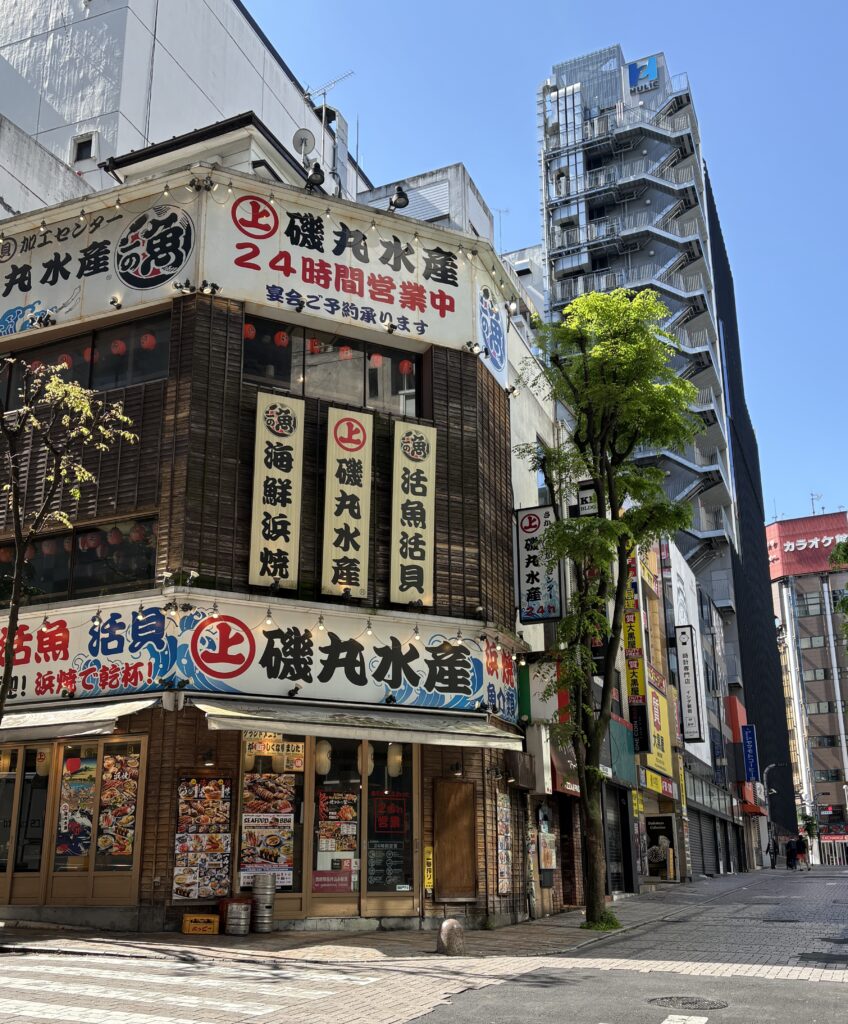
Final Thoughts on the Best Tokyo Experiences
Tokyo is a city that overwhelms in the best way, every corner offers something new. Whether you’re snapping a photo at Shibuya Crossing, wandering temple grounds in Asakusa, or catching Mount Fuji from an observation deck, each moment feels unforgettable.
This guide has only scratched the surface, but the goal isn’t to race through a checklist. It’s to find the version of Tokyo that speaks to you, maybe that’s the fast-paced energy of Shinjuku nights, the peaceful serenity of Meiji Shrine, or a nostalgic arcade game in Akihabara.
Where you stay shapes what you see, and how you move through the city defines what you remember.
Don’t be afraid to mix modern with traditional, chaos with calm. Tokyo thrives on contrast, and so will your experience.
Take what excites you from this list and build your own rhythm. Tokyo isn’t meant to be conquered; it’s meant to be felt. And if you’re wondering how much a trip to Japan costs, the answer will depend on the version of Japan you choose to explore.
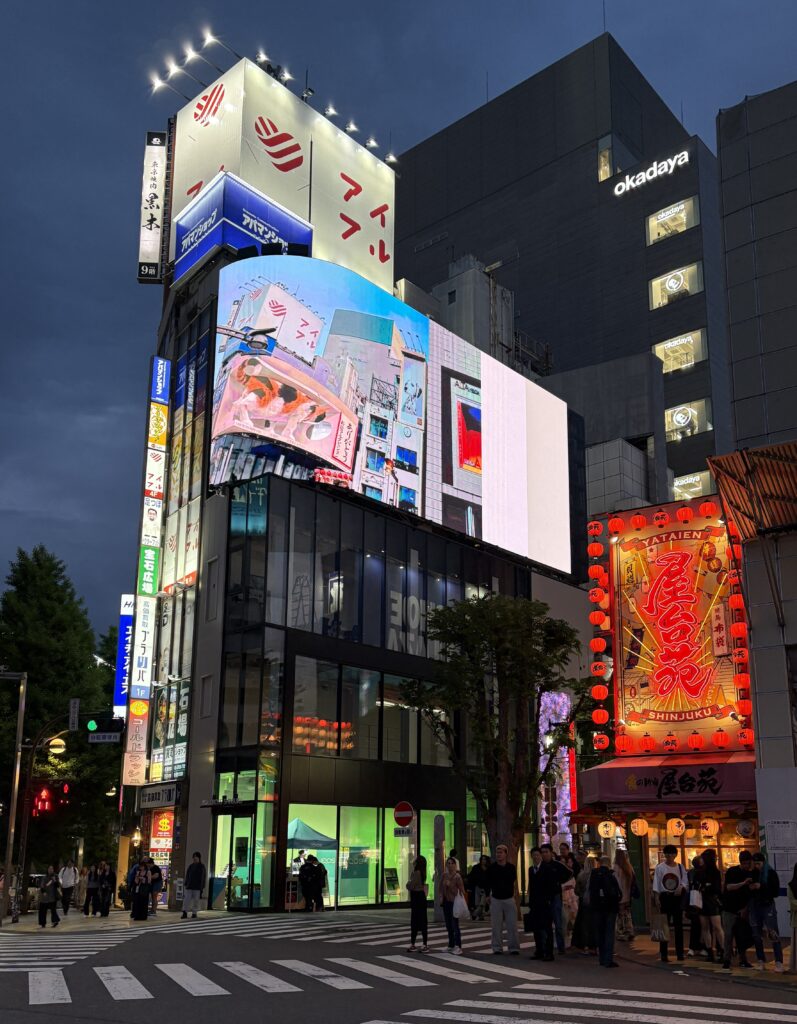
When is the best time to visit Tokyo?
Spring (March–May) is the peak season for cherry blossoms, and Autumn (September–November) is the peak season for foliage.
These periods offer mild weather, vibrant colors, and optimal sightseeing conditions, even if prices tend to rise.
Is Tokyo expensive?
Tokyo has a reputation for being pricey, but it’s possible to enjoy it affordably. There are budget-friendly meals under ¥1,000, affordable accommodations, and excellent public transportation.
Costs typically spike with taxis, high-end dining, or luxury hotels, so plan accordingly.
Do I need a visa for Tokyo?
Most travelers from countries such as the US, UK, Canada, Australia, and the EU can enter Japan visa-free for up to 90 days. Always double-check the rules based on your nationality, as they may change due to bilateral agreements.
Can I use my phone for my Suica/PASMO transit card?
Yes, you can add Suica or PASMO directly to your phone using Apple Wallet or Google Wallet and scan in seamlessly, just like the physical cards.
It’s convenient and handy, avoiding the need to queue at ticket machines.

